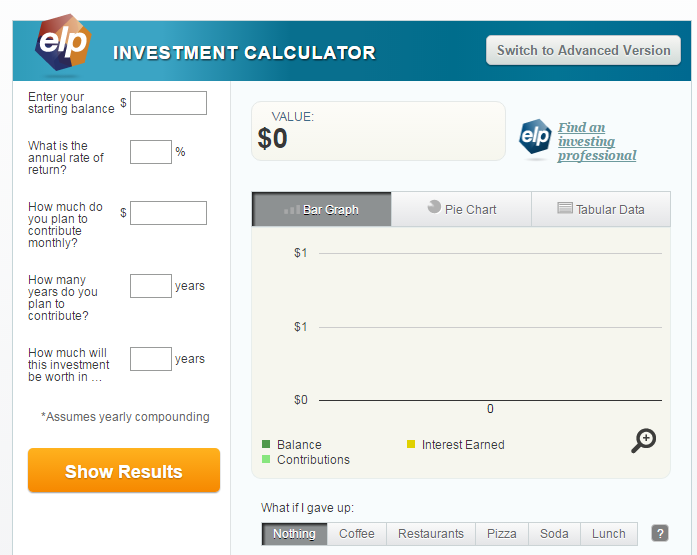6 Ways to Make Your Site Content More Interactive

We're beginning to enter a new age of content marketing. For the past decade or so, the Internet has been a relatively open place in terms of content, but as more entrepreneurs and marketers began to see what a blue ocean opportunity this was, this space became flooded with articles, infographics, blog posts and videos.
Users aren't getting bored, per se, as there's still an ample and growing demand for content, but the nature of that demand is changing.
The New Shape of Content Demand
Users are beginning to see "traditional" forms of content as white noise, and it's hard to blame them. Content marketing has become incredibly popular, and many companies are using the same techniques, copying the same types of topics that clutter up their newsfeeds.
So what are users demanding these days?
- Participation. People are getting used to the idea that their actions are important, and have an impact on the digital world in which they thrive. Accordingly, they want more of a participatory say in the content they experience. They want to take actions and see results of those actions.
- Personalization. Users are also tired of being mass-marketed to. They don't want to read content that was written for "everyone." They want content that's been developed specifically for them.
- Variability and unpredictability. People also want a degree of variability or unpredictability in their content-knowing their results could have been different makes the experience more unique.
These three factors can all be accomplished by making your content more interactive.
How to Make Your Content More Interactive
How exactly can you make your content more interactive? These tactics are all good possibilities:
1. Embed search, report or test functions. First, you can embed some kind of search, test or reporting function within the body of your content. It could serve as an exercise or a complement to your subject matter. For example, if you're writing about purchasing used vehicles, you could include a tool that allows users to run a vehicle history report. Or, if you're promoting Internet services, you could include a test for current Internet speeds.
2. Offer a calculator. This is especially good for businesses that offer custom projects or work. For example, if you're writing about best practices for investing, you could use an investment calculator (like this example) to help users figure out how they should save and where they should put their money. You could also use a calculator to illustrate a concept, such as giving users a numerical tool to showcase how much deforestation occurs on a daily basis.

3. Conduct a quiz or survey. Quizzes and surveys are forms of interactive content that stand on their own-though you could embed a quiz or survey in the body of another piece. You've seen all those "which character from _____ are you?" quizzes on Facebook, but your quizzes can be more professional, such as "how soon should you upgrade your windows?" Your survey questions can also be bite-sized, such as asking users whether they agree or disagree with your opinion on a given topic.
4. Include more clickable options. Clicking is another form of interaction you can capitalize on. Basically anything you include that's clickable and serves some useful function (such as linking to another article or prompting an animation) will increase the interactivity and user appreciation for your work.
5. Host contests. Starting a contest doesn't give you the opportunity to create much content from the get-go; you'll probably be stuck explaining the rules of the contest and that's about it. But contests can be some of the most interactive forms of content since they demand user submissions. If you think about it, it's like relying on your audience to develop content on your behalf-while still capitalizing on the interactivity factor.
6. Funnel users with a bracket-style approach. You could also set up your content in a kind of bracket style, such as asking users about their demographics or preferences, to funnel them to different end results. This adds a layer of variability and unpredictability to your content. Birchbox, for example, funnels users right away by gender.

These interactive features are just for starters. If you push your creative limits and start thinking further outside the box, you'll be able to generate even more unique ideas for how to allow your users more interactivity with your brand. This will be especially true as new technologies develop, allowing even bolder, more advanced forms of interactivity.
Larry Alton is a professional blogger, writer and researcher who contributes to a number of reputable online media outlets and news sources. In addition to journalism, technical writing and in-depth research, he's also active in his community and spends weekends volunteering with a local non-profit literacy organization and rock climbing. Follow him on Twitter and LinkedIn.











